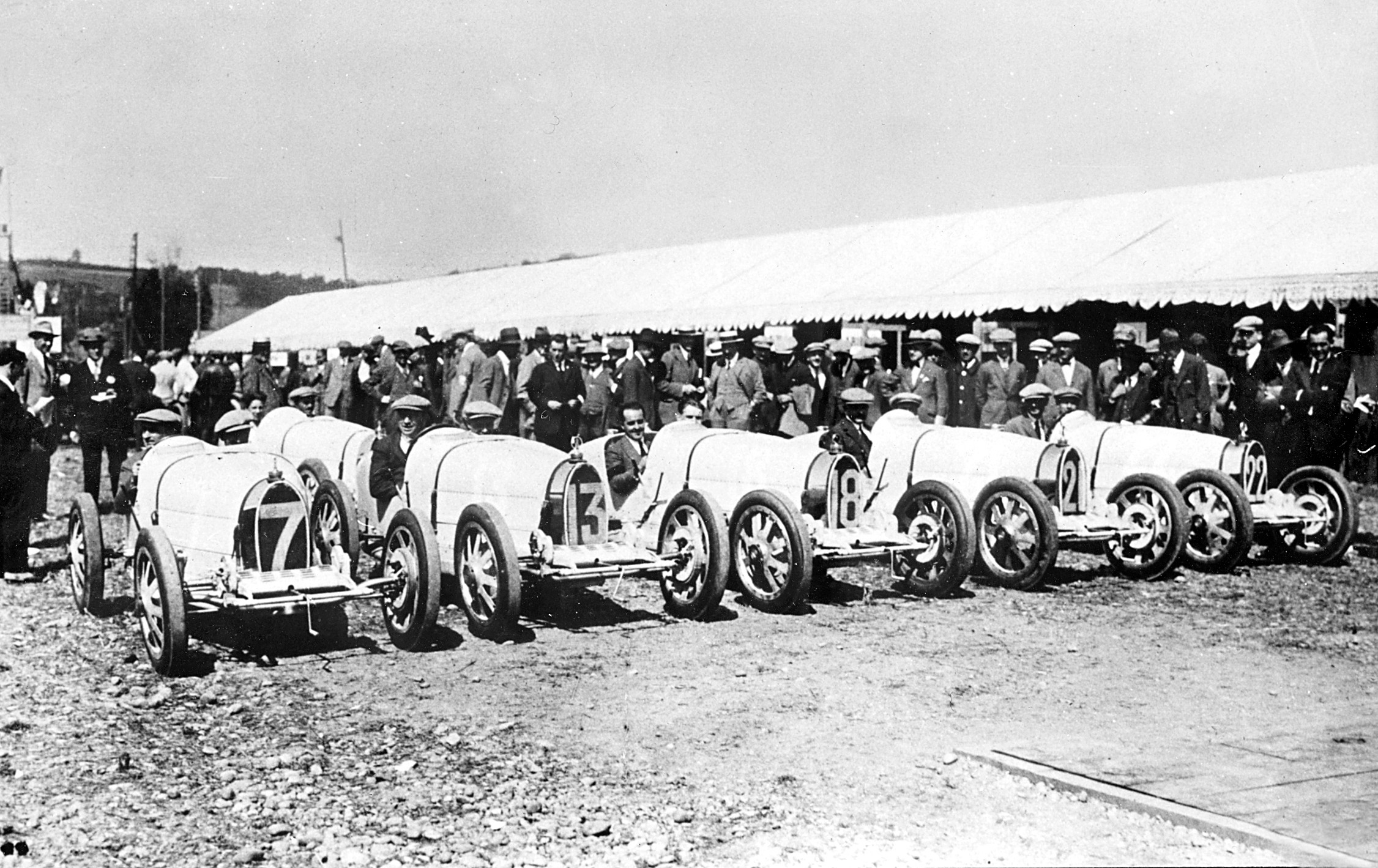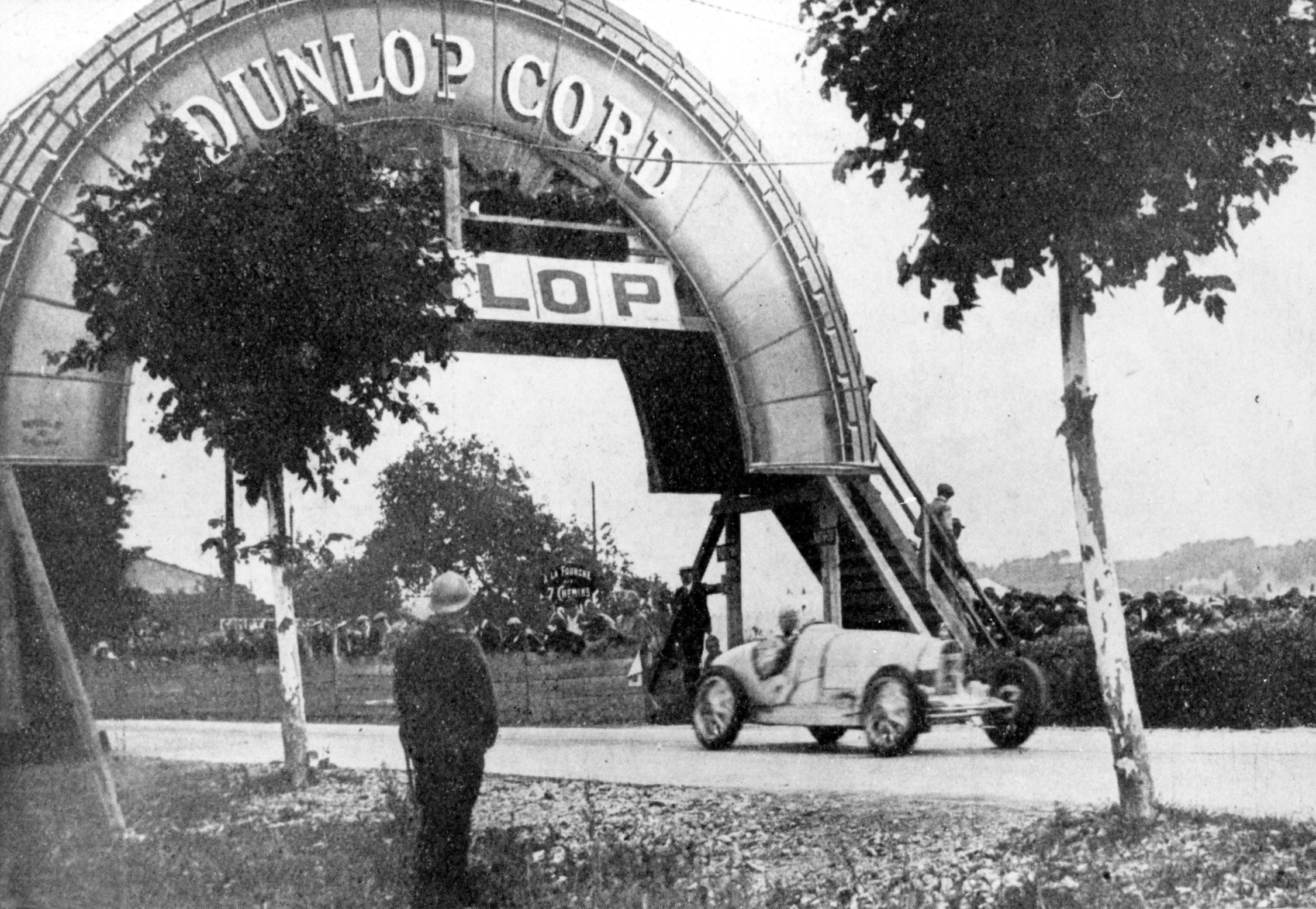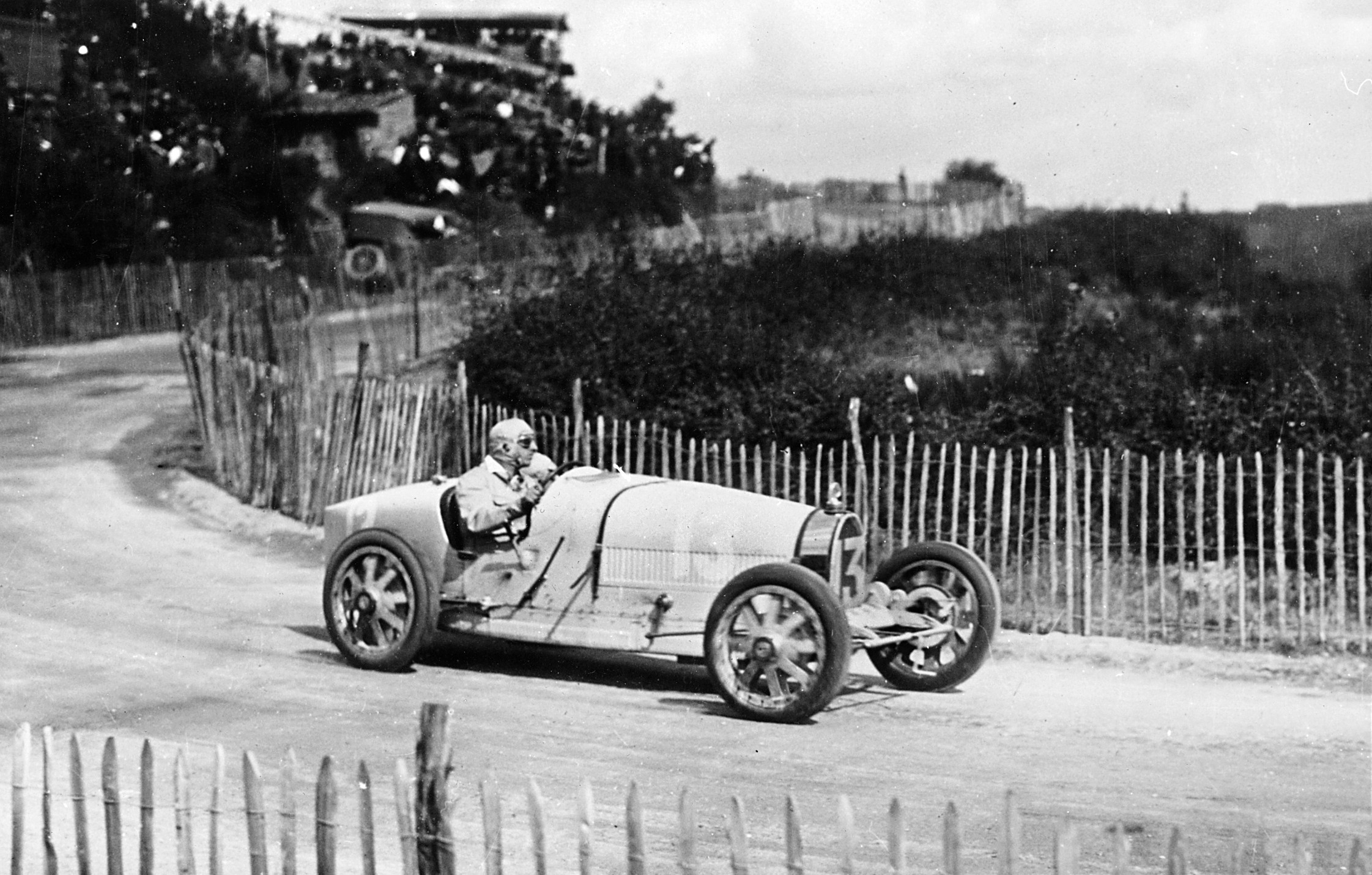
If cars had DNA, a paint chip or drop of engine oil from the beautiful blue Bugatti Type 35 in the images above and below would prove ancestry to every Bugatti in the past 100 years. Designed and engineered as a pure race car in the early 1920s, the Type 35 set a mold for record-breaking performance that continues to guide the Molsheim, France-based automaker.
Why the 100-year-0ld Bugatti Type 35 matters today
The Type 35 was Bugatti’s first record-breaker. Bugatti recently released images of the Bugatti Type 35, some of which are included below, courtesy of the Bugatti Trust.
Today, any conversation involving the fastest cars in the world includes Bugatti. A Bugatti Chiron Super Sport 300+ was the first car to top 300 mph when race car driver Andy Wallace drove it 304.7 mph in the current record run 2019.
True to the brand’s history, Bugatti didn’t call it a day after breaking the 300 mph barrier in 2019. Most recently, Bugatti announced that its next hypercar, expected this summer, will be powered by a Bugatti V-16 hybrid engine. The timing may be right for the next Bugatti to face a worthy challenger.
Hennessey took the then-current speed record from Bugatti in 2014, only to relinquish the title to Bugatti in 2019. Hennessey, a performance upfitter and hypercar brand, plans another run at the speed record sometime this year with the Hennessey Venom F5, which Hennessey claims has already driven 301 mph. Hennessey’s goal for this year is 311 mph.
The Hennessey could test the spirit of the Bugatti Type 35, but it would be foolhardy to count Bugatti out.
The story of the Bugatti Type 35

The Type 35 didn’t do well in its first race 100 years ago. Founder Ettore Bugatti diverted from the standard race car design of the times with the relatively light open racecar with a V8 engine. Conventional race car builders of the time built huge, heavy race cars with the largest engines available. Built for agile handling, the Type 35 debuted in the 1924 Grand Prix at Lyon-Givors. The race consisted of 35 laps on a public road circuit covering 23.1 kilometers (14.35 miles). Bugatti entered five Type 35s in the race with mixed results.
Most of the problems in the race started with specially manufactured tires mounted on the Type 35’s cast aluminum wheels. The aluminum wheels, which Bugatti chose for their lightweight, proved strong enough for the race, including periods of driving on rims when treading on the tires separated from the tires due to fault vulcanizing. One driver head the tread separate from the tire sidewall on the first lap of the race. Another driver lost tread but kept going and had the fastest lap of the race even though he couldn’t engage second or fourth gear because a piece of loose tread wrapped around the gear lever.
Failing to win during the Type 35’s initial contest, Bugatti still had faith in the car. Securing tires from a different manufacturer, Ettore Bugatti drove a Type 35 on a 520-kilometer route from Strasbourg to Paris. Bugatti completed the journey at an average speed of almost 100 kilometers an hour (62 mph).
After the Paris run, Bugatti wrote, “Ten of these cars have been built. They are almost all sold to customers. Some have already been delivered and are a joy to their owners. One can use them as easily in town as in any race. I hope to make a better demonstration of the quality of my construction on the next occasion.”
In subsequent events, the Type 35 won more than 2,500 automobile races.










